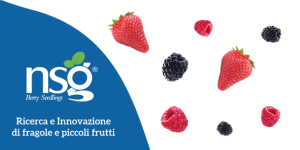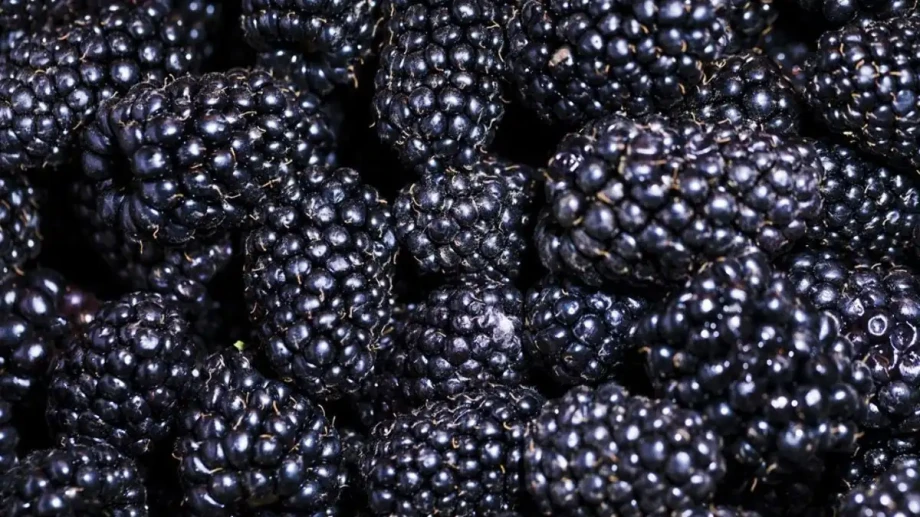In 2025, blackberry exports grew by 147% in volume and 123.5% in FOB value, reaching 3,500 tonnes. They are mainly exported as frozen products, with Italy among the most relevant destination markets.
“No country or region can produce all the goods its population demands, and therefore needs to export in order to earn foreign currency (dollars – approximately €0.95), which can then be used to import other goods,” said INIA Quilamapu agricultural economist Jorge González Urbina, underlining the central role of international trade in the economy.
He added: “Countries export goods they can produce more efficiently (that is, at lower cost), thus generating a wider global supply and greater general welfare.”
The economist highlighted two major events in the recent Chilean fruit season: falling cherry prices in China, which reduced expected revenues, and the imposition of a 10% tariff on fruit imports into the United States, creating “uncertainty about timing, implementation methods and impacts.”
Blackberries stand out
Regarding the Ñuble Region, González explained that it has a relatively limited fruit-growing area, which in 2024 reached 20,620 hectares — equivalent to 5.3% of the national total — with a growth of 13.3% from 2021 to 2024 (source: Diario Frutícola, 2025), the second highest growth rate in the country.
Comparing the first half of 2024 with the same period in 2025, the expert noted that European hazelnut production was not considered due to lack of consolidated data.
In 2025, exports from the Ñuble Region increased by 30.4%, reaching 51,490 tonnes, with growth across all of the region’s main fruit species, the INIA expert reported.
The highest export volumes were for blueberries with 22,780 tonnes, followed by cherries (8,500 t), raspberries (4,850 t), strawberries and blackberries (3,500 t each), and apples (3,100 t).
Growth and recent trends
In percentage terms, González pointed out that blackberries recorded the highest increase compared to the previous season (+147%), followed by raspberries (+60.7%), cherries (+59.3%), apples (+21%), and finally blueberries and strawberries (both +17.4%).
As for total regional export volumes, he stated they approached historic levels seen three or four seasons ago. Cherries remain the most exported fruit, followed by blueberries and blackberries, and to a lesser extent, raspberries. Only strawberries and apples remain below historical volumes.
Focus on blackberries in Ñuble
In Chile, blackberry production (zarzamora) is mainly concentrated in the Maule Region, but also extends to Ñuble, Valparaíso, and Los Ríos. The country is a significant global exporter of frozen blackberries, which drives genetic research and improvements in cultivation efficiency and quality.
Details on blackberry production and exports in the Ñuble Region:
- Export volume: 3,500 tonnes in the 2024/25 season.
- Growth: +147% in volume and +123.5% in value compared to the previous season.
- FOB value: USD 7.7 million (approx. €7.3 million, January–June 2025).
- Planted area: 396 hectares of cultivated blackberries and hybrids.
- Support projects: INIA promotes sustainable fruit growing and supports the expansion of blackberry cultivation.
- General growth: Ñuble recorded the second highest increase in national fruit-growing area between 2021 and 2024.
Economic value of exports
Comparing January–June 2025 with the same period in 2024, export value rose by 24.4%, from USD 152.8 million to USD 190.1 million FOB (approx. €145.1 to €180.4 million).
González noted that “the percentage increase in value was lower than that of volume,” but emphasized that “all major species from Ñuble showed an increase in export value.”
FOB value per fruit (January–June 2025):
- Blueberries: USD 102.1 million (approx. €96.9 million)
- Cherries: USD 30 million (approx. €28.5 million)
- Raspberries: USD 21.6 million (approx. €20.5 million)
- Strawberries: USD 10.3 million (approx. €9.8 million)
- Blackberries: USD 7.7 million (approx. €7.3 million)
- Apples: USD 3 million (approx. €2.8 million)
Percentage increases in value (2025 vs 2024):
- Blackberries: +123.5%
- Raspberries: +62.1%
- Strawberries: +25.3%
- Blueberries: +19.8%
- Apples: +17.1%
- Cherries: only +13% → González noted that this figure confirms the price collapse in China, which lowered expected revenues, despite this being the highest value ever recorded for this fruit.
Main products and destinations
González explained that 60.3% of the volume exported from the Ñuble Region is frozen fruit, while 39.6% is fresh. He clarified that “there are no changes in export formats from the region: the offer has not diversified, although differences are noted between species.”
Blueberries and cherries: exported both fresh and frozen in similar proportions.
Raspberries, strawberries, and blackberries: exported only frozen.
Apples: exported fresh.
Main destination countries:
- USA: main destination for berries (46% of volume).
- Other key markets: Canada, Australia, South Korea, Japan, Germany.
Fresh fruit destinations:
- Raspberries: United Kingdom
- Blueberries: USA and Netherlands
- Strawberries: Japan
- Blackberries: Italy
- Apples: Colombia and Brazil
- Cherries: almost exclusively to China
Jorge González Urbina reiterated that the two key markets for Ñuble's fruit industry remain the United States and China, but both pose critical challenges: complex marketing in the US and uncertainty over sustainable pricing in China.
Source: diariofruticola.cl
Image source: Freepik








